Hotel Sanders by Lind Almond
Hotel Sanders by Lind Almond
How did you start out in design?
I can never quite remember a decision being made, or an epiphany over a set of lego. Design has always felt like the natural (and only) path for me.
For as long as I remember, I knew I wanted to be an architect, although of course my impression of what that actually meant was a little different to how it is in reality. My Dad in particular always encouraged me to consider the career. I think he might have spotted that my childhood interests were perhaps a good match.
My first firm step into the profession was enrolling on my architecture course at Northumbria university. Following this was a couple of years in London which was a huge eye-opener into what it was like to earn a living as a design professional in a thriving metropolis. I was hooked, and from there it was back to Uni in Glasgow, then a return to London where I spent a couple of years working with Anouska Hempel Design.
After further stints with a luxury residential development studio and a bespoke furniture manufacturer, I established NOVOCASTRIAN in 2014 and Lind + Almond in 2015, and to this day I very much consider myself to still be starting out in design!
Novocastrian Team
Novocastrian Team
"We should aim to leave this world in a better state than which we found it, and design should play a leading role in doing so."
Staves console with brass prototype by Novocastrian
Staves console with brass prototype by Novocastrian
What inspires you?
Anything and everything. As an architect I’m inspired by somewhat contradictory movements, from the classical art and architecture of antiquity, to Modernism, Impressionism and Cubism. Fashion, photography and culture are very important to me too.
A period which I continually turn to for design inspiration is that of Art Deco, and I’m also fascinated by the principles of Zen Buddist art and architecture. Many years ago I read a line describing Zen art as giving ‘the impression of disciplined restraint, of having held something in reserve’. This simple yet hugely powerful quote has stuck with me ever since, I believe restraint to be such an important principle in good design.
When I founded NOVOCASTRIAN it was important that the idea should have its own identity and influences, and not all the things that inspire me personally are necessarily a fit for that idea. NOVOCASTRIAN emerged from a strong family traditional and regional heritage in industrial manufacturing. The ship building, coal mining, and railways which our corner of the the world pioneered are a rich source of inspiration for our work, as is the very culture of the North East of England. The interest, for me, comes in how we can reappropriate this culture, heritage, and skill set to something more fitting for our modern times.
Stanhope coffee table in Rare british marble and brass
Stanhope coffee table in Rare british marble and brass
Do you work from your own studio space?
Not exactly. The nature of what I do means there’s a lot of travelling, so I tend to keep things as flexible as possible. London is where I live, and is a perfect base for both getting around the UK and further afield, something which has been incredibly useful for the past few years, as I’ve split my time between Newcastle, Copenhagen and London.
There’s an influx of great co-working spaces in London at the moment, I’ve used these in the past and will likely do so again in the future. In the latter few months of last year I more or less relocated temporarily to Copenhagen as the hotel I was working on drew to a close. As for most architects it’s a real buzz to be on site as your project nears completion.
Currently I’m focusing my energy into NOVOCASTRIAN and so am spending a great deal of time up North. We’re very lucky to have our own workshop and a small team of talented craftsmen, so it’s a pleasure to work with them day in, day out. New ideas can be developed and tested very quickly this way, we often progress from sketch to fabrication in only a couple of hours. It’s such a crucial yet increasingly rare experience for a designer to witness how things are actually made.
Bathroom at Hotel Sanders
Bathroom at Hotel Sanders
Hotel Sanders
Hotel Sanders
What is the job of design in this current world we live in?
The term ‘design’ often conjures thoughts of the things which simply adorn our world. The reality is that design shapes our world.
Designers have immense responsibility, particularly architects and interior designers as they create spaces in which our generation, and likely many beyond us, will spend their lives.
Every second of our existence we are interacting with design in some capacity, whether good, bad or indifferent. From a bed to a fork, a car, a pen, an office, a screen, a bridge to a magazine. When considering this the responsibility, and the opportunity is clear.
We should aim to leave this world in a better state than which we found it, and design should play a leading role in doing so.
Hotel Sanders Bed in Chestnut
Hotel Sanders Bed in Chestnut
"I’m honestly not a colour person. I respect colour, perhaps a little too much and to the point that I naturally avoid it. I feel far more comfortable with the muted tones of raw steel, slate and wood."
Chestnut sideboard
Chestnut sideboard
Hotel Sanders
Hotel Sanders
How does your design process work?
Firstly, there’s (hopefully) a spark of inspiration. This can be just about anything, an image or a physical object, even a smell, a sound or an emotion.
Then there’s an idea, which tends to circulate in my mind for days on end, undergoing some sort of strange interrogation process. My opinion swings wildly, from considering the idea to be quite possibly the best I will ever think of, to wondering if I have any clue what I’m doing whatsoever.
This is my trigger to break the cycle, and so I begin sketching. This can be pen and paper or through digital modelling. Sometimes a simple card model works best. I try to separate myself from the idea, and look at it objectively. Many ideas are put on hold at this point, or even abandoned completely, but the ones I feel are worth pursuing will generally end up as a product or a space.
I like to bring the makers into my design process early on where possibly. For NOVOCASTRIAN pieces I’ll tend to discuss the idea with the team, to get instant feedback from our craftsmen. This then in turn informs the development of the design. When designing spaces I’ll speak with stone supplies, joiners and builders if available.
From this point it’s a process of refinement, I find 3D modelling a quick and easy way to understand form. In parallel I’ll look at physical finishes, it’s vital to see and feel these.
The final part is putting it all together, handing it over to the makers to do their thing. At this point it’s somewhat out of my hands, so there tends to be a great deal of excitement and anticipation. The advantage of being in the workshop is that I have the opportunity to watch the piece as it’s created, and tweak if necessary.
Brass Mirror by Novocastrian
Brass Mirror by Novocastrian
"I’m a little obsessed with pubs too, the traditional types with glazed tiles and exposed beams. So many great ideas and movements seem to have emerged from a lively pub after a few pints."
Brass Mirror by Novocastrian
Brass Mirror by Novocastrian
How do you connect with colour/materials?
I’m honestly not a colour person. I respect colour, perhaps a little too much and to the point that I naturally avoid it. I feel far more comfortable with the muted tones of raw steel, slate and wood.
The use of colour, I feel, is a statement and so should be well considered, and almost essential. The blue of YSL’s Moroccan gardens and the red of Rothko’s Murials are rare examples when colour connects with me, there is meaning behind its use.
I believe materials, and by extension the products they’re made from, possess their own distinctive energies. The making process further enhances this, the cutting of stone, welding of steel and polishing of brass require immense energy, which is embodied into the finished object.
As such, the result is a resonance. The difference between something lovingly handcrafted and something mass produced is clear at a glance. Having grown up with constant exposure to metalworking, steel feels a very natural material to use. I understand it. It’s been worked by many generations of relatives before me so there is also a deeper connection which I enjoy.
I firmly believe creations should be ‘of their place’. It makes little sense for us to use Italian marbles if we can use Cumbrian slates quarried only 80 miles from our workshop. The material becomes authentic to us.
Patinated Brass panel
Patinated Brass panel
What do you do to relax?
Mostly drinking, to be honest. At the risk of sounding like an alcoholic, I really like beer. Not so much the trendy American IPAs, but warm real ale from country pubs.
I’m a little obsessed with pubs too, the traditional types with glazed tiles and exposed beams. So many great ideas and movements seem to have emerged from a lively pub after a few pints. The best pubs are as soaked in culture as they are in beer, and I feel we overlook their community value, which is unique to Britain.
Getting back to relaxation, I can’t think of anything better than a good beer in a good pub on a quiet afternoon.
What’s your favourite song?
I’ve thought about this for hours and I honestly can’t even decide on a top 10 never mind an overall favourite, sorry!
Side Table for Hotel Sanders
Side Table for Hotel Sanders
Three words that describe you?
Tenacious, considerate, curious.
Work, life, play – how do you balance them?
Not very well to be honest, although I’m incredibly lucky in that I enjoy what I do and rarely consider it as work. Architecture can consume you, and it’s very easy to allow it to do so when your passionate about it.
Mostly I struggle to differentiate between work, life and play, but a good kick about or a ski break always helps.
Bathroom at Hotel Sanders
Bathroom at Hotel Sanders
Futurism or classicism?
I think we need both.
Art or design?
Ditto.
Home or away?
Despite being lucky enough to travel frequently in my line of work, I do pretty well at living up to the crab stereotype of my star sign. I do love exploring new places, but doing so from the comfort of my shell.
Hotel Sanders by Lind + Almond
Hotel Sanders by Lind + Almond
Tyne Pride tanker being built ar Swan Hunter's Shipyard, Wallsend
Tyne Pride tanker being built ar Swan Hunter's Shipyard, Wallsend
What advice do you have to any new designer?
Start creating now, and never stop doing so. Try not to overthink, but find a medium with which you can express yourself freely and effortlessly. It might be ink, graphite, paint, card or clay, or maybe something obscure. It might be digital, or physical, but use the whatever skills you have to start to create now.
You may dislike the initial results, but stick with it. Learn the medium and adjust to it. Become obsessed with it. You’ll notice feedback loops begin to guide you and you’ll find the flow you need to create something special.
Immerse yourself entirely in the world of design. Read as much as you can, starting with the work of the masters in your field. Really study their work, understand why they work as they do. Look at as much art as you can, visit as many galleries and museums as possible. Read Ways of Seeing by John Berger and In Praise of Shadows by Junichiro Tanizaki. Learn how to really look at the world, and respond to what you see.
Above all, find meaning in what you do, find an authenticity which resonates with you.



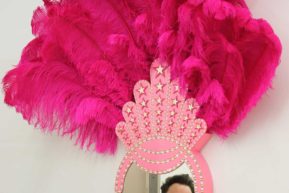
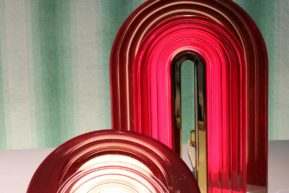

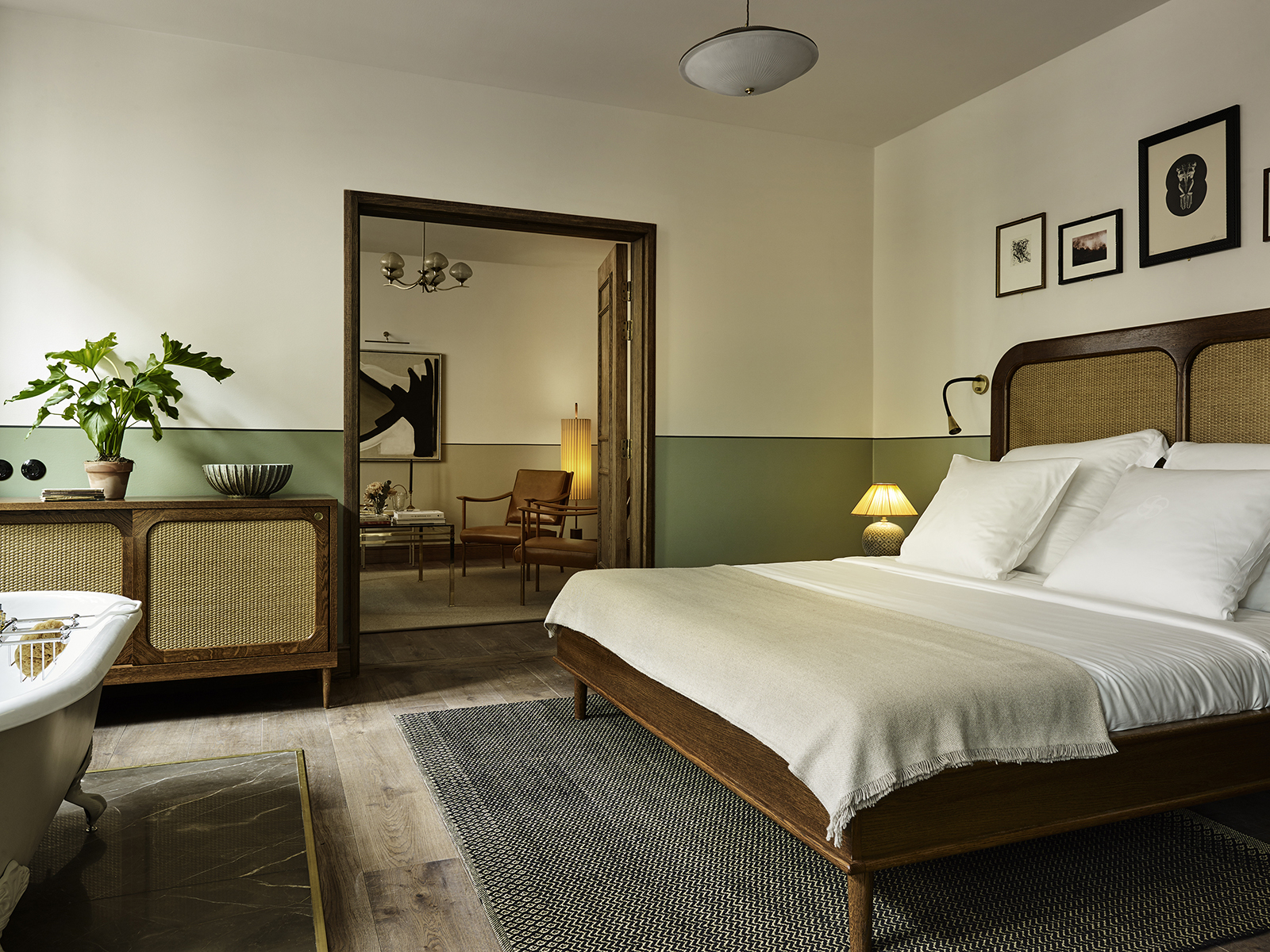
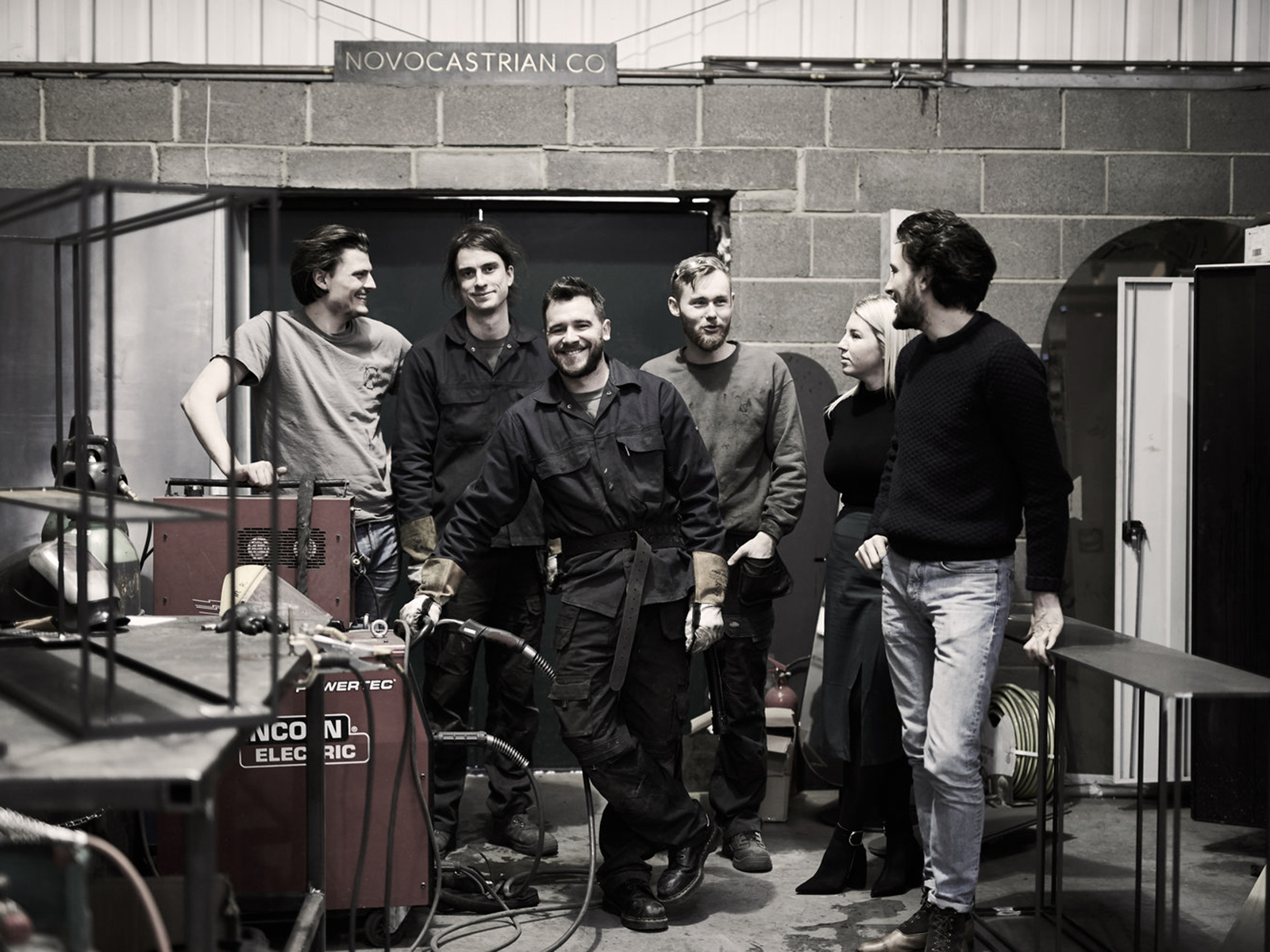
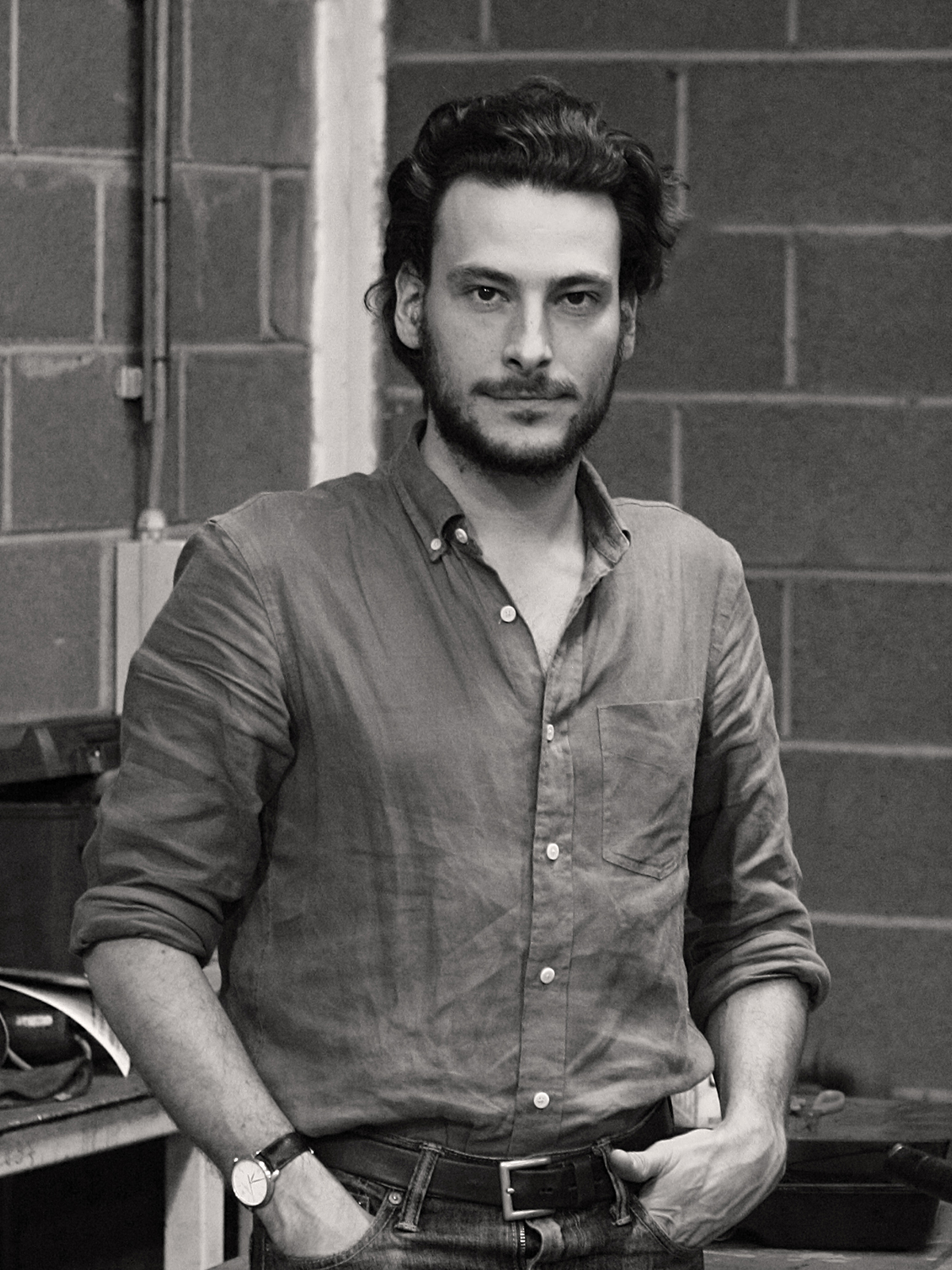

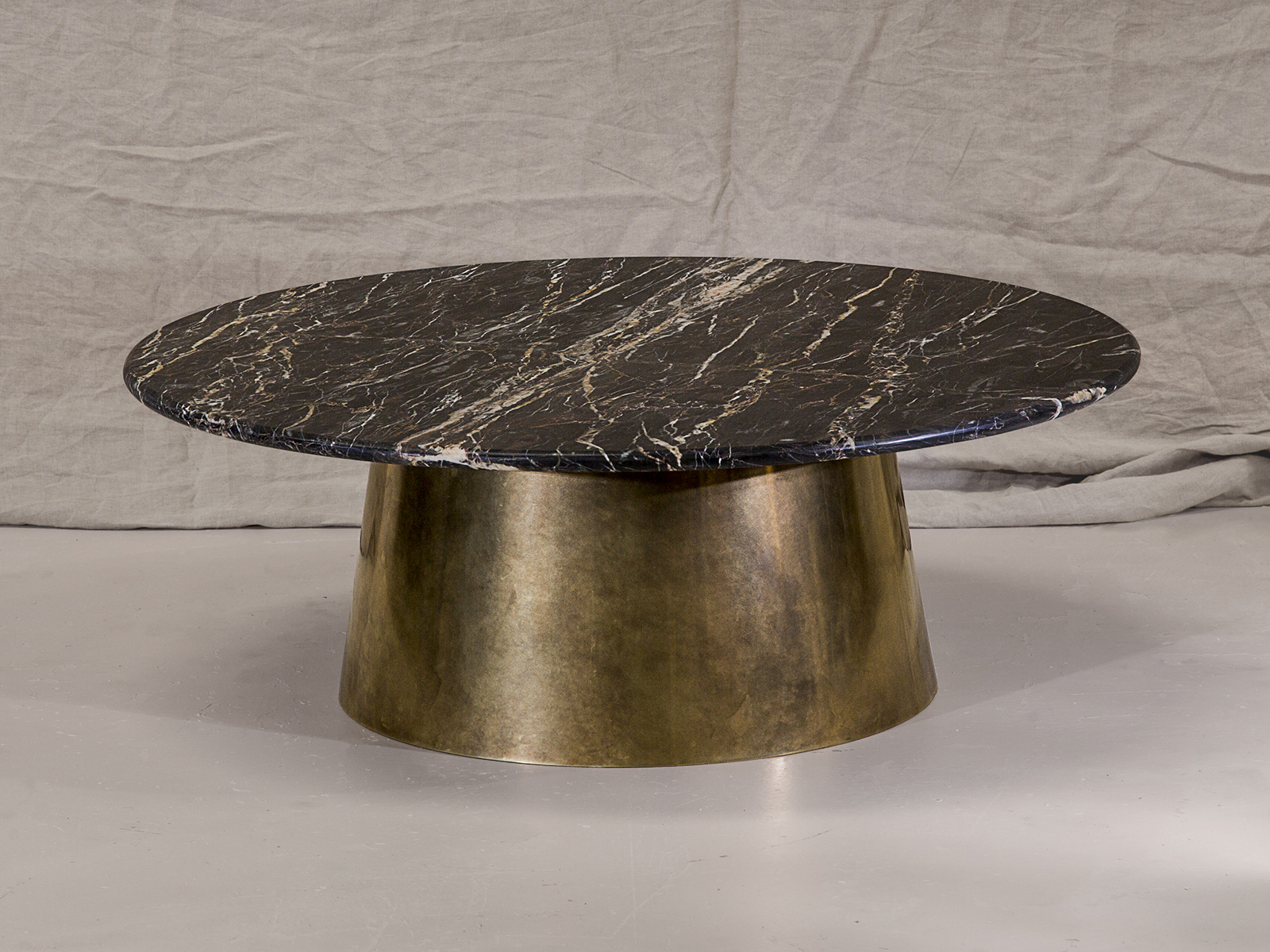
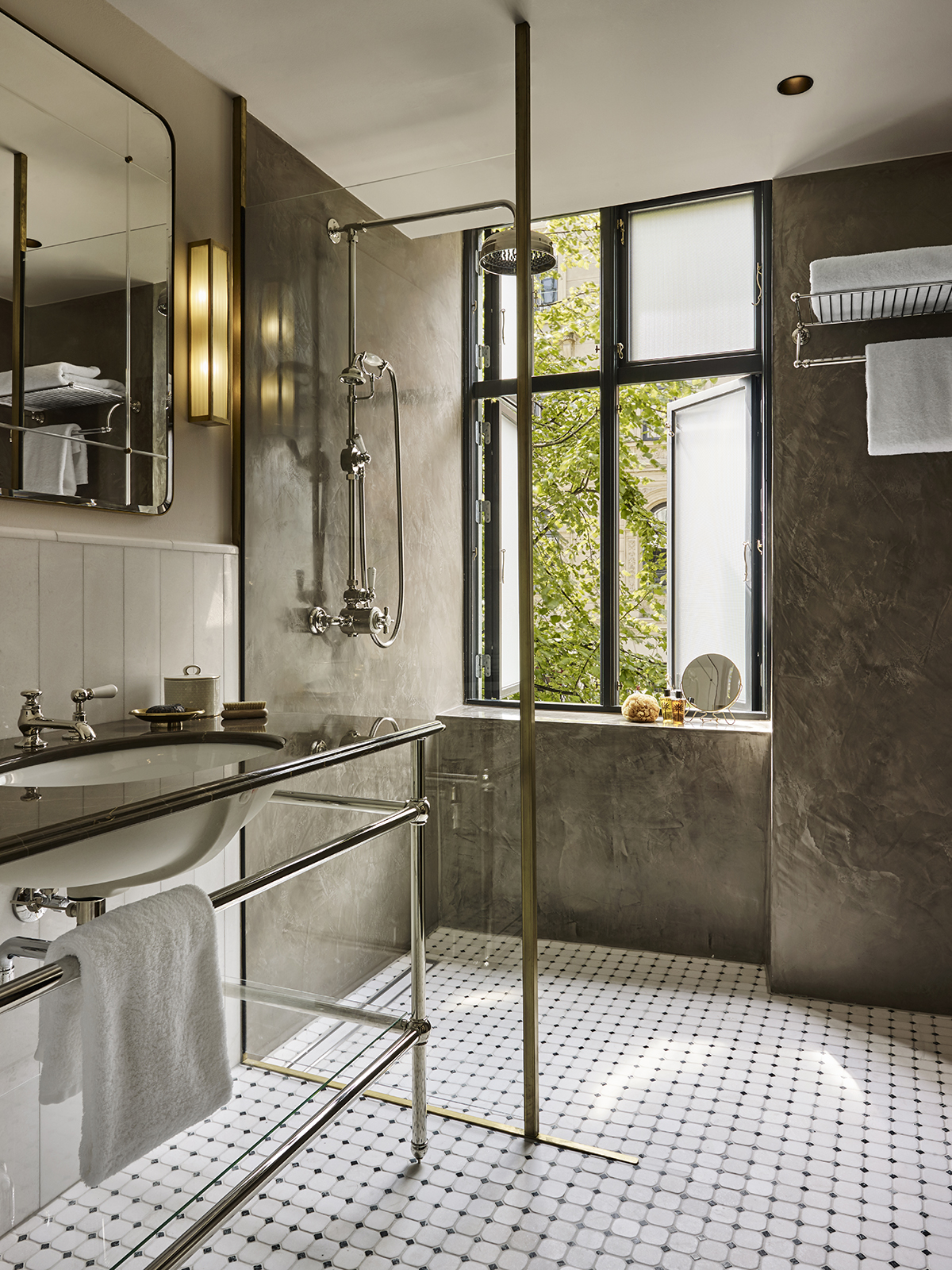
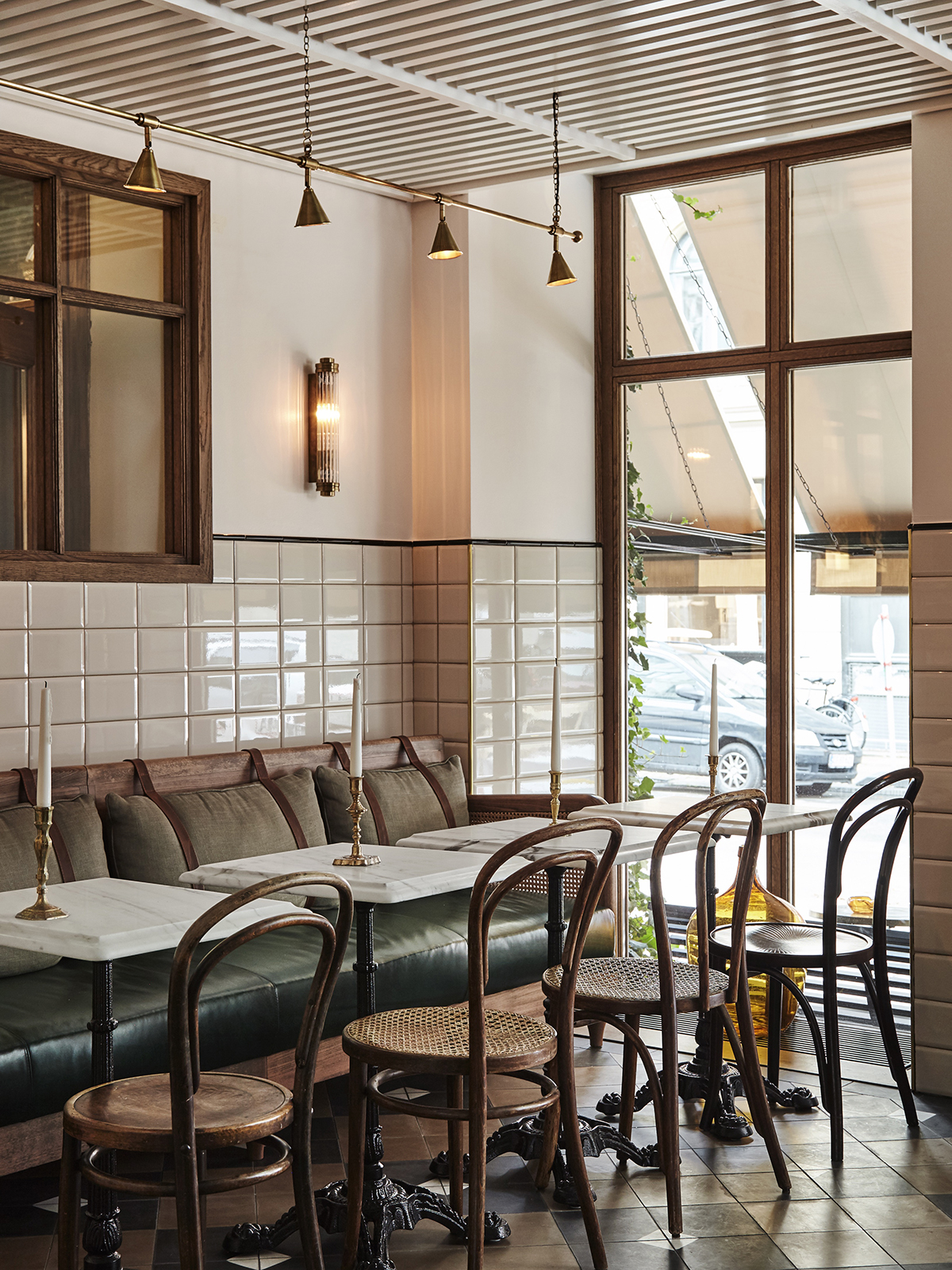
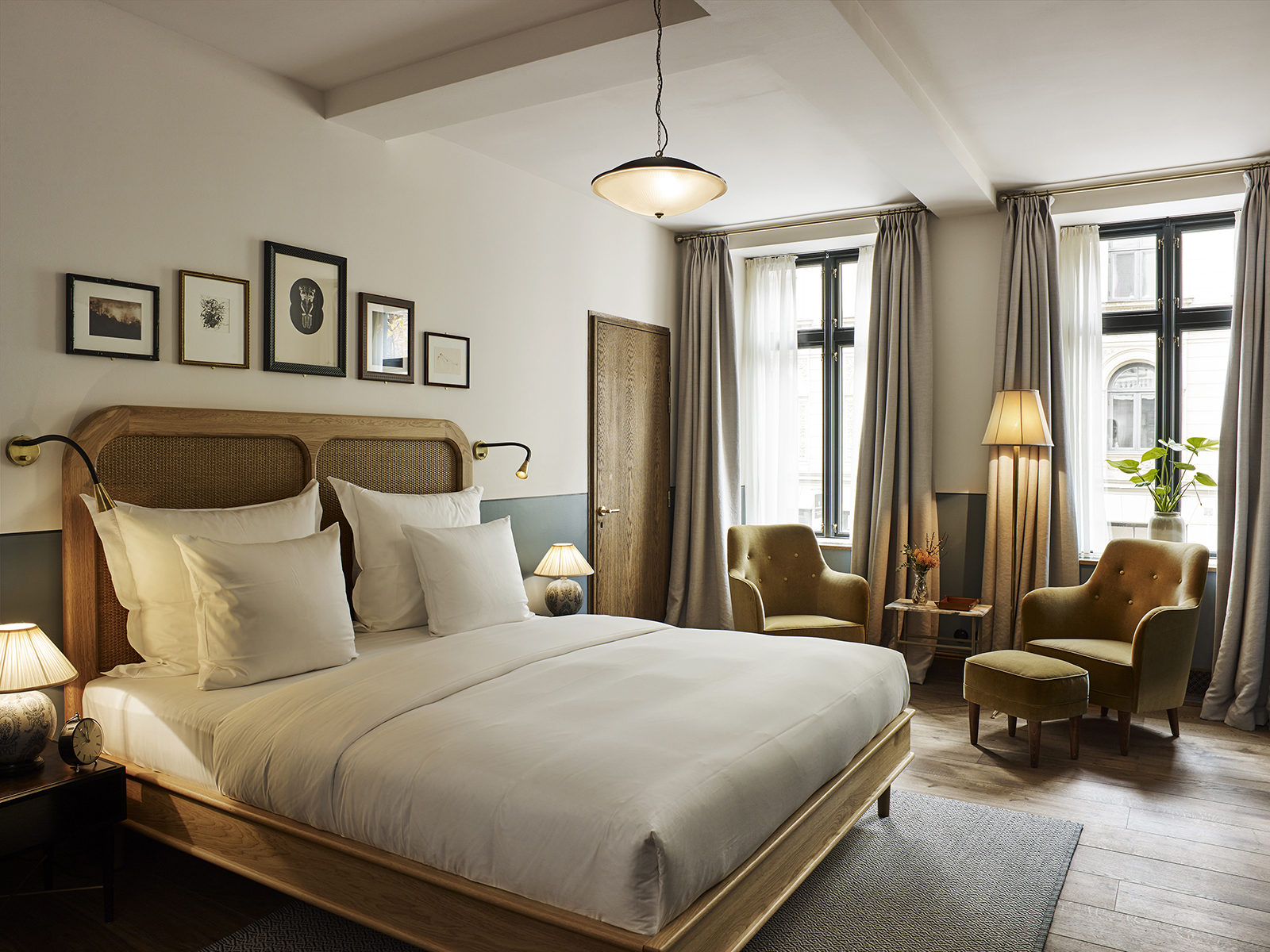
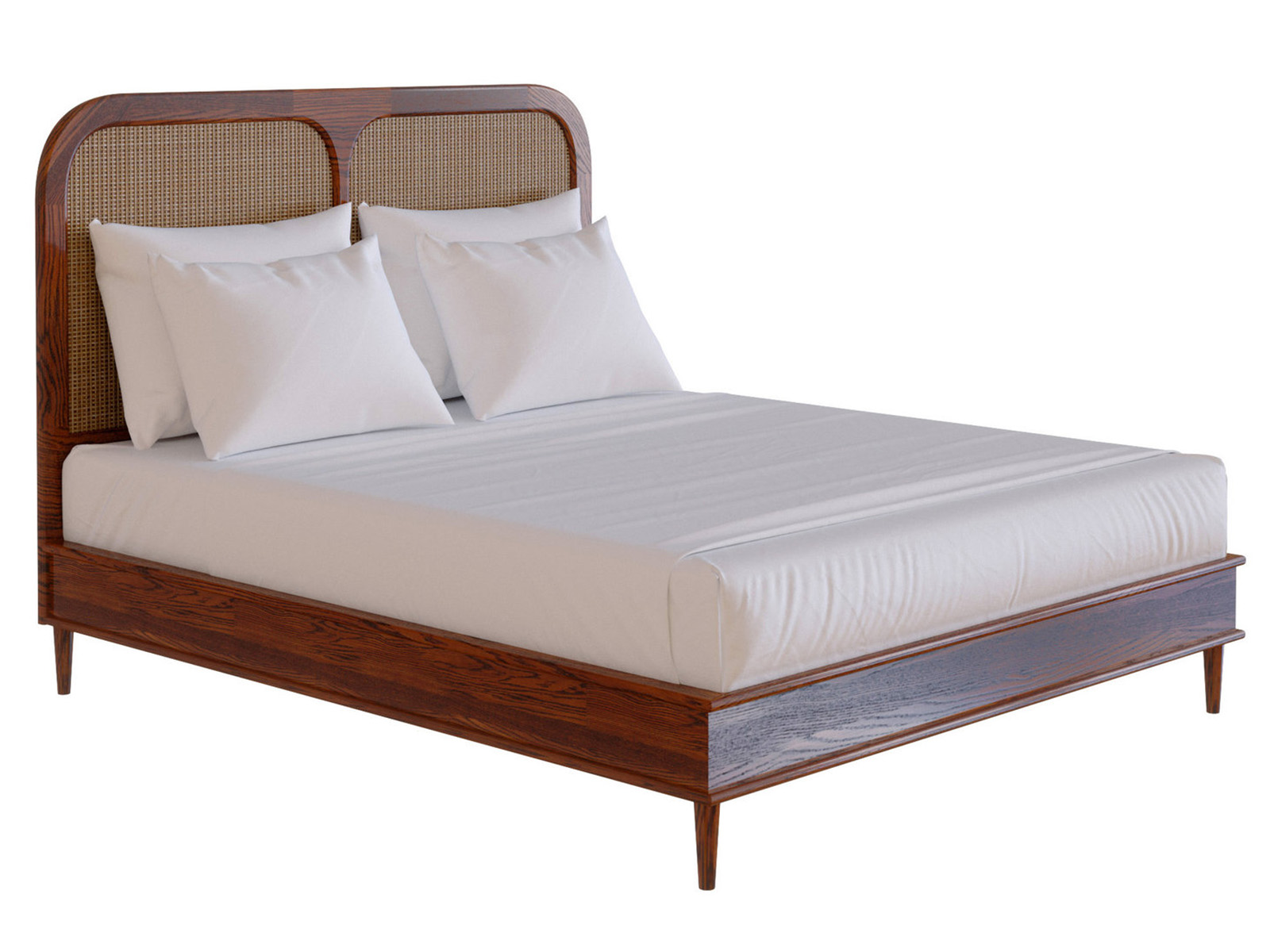
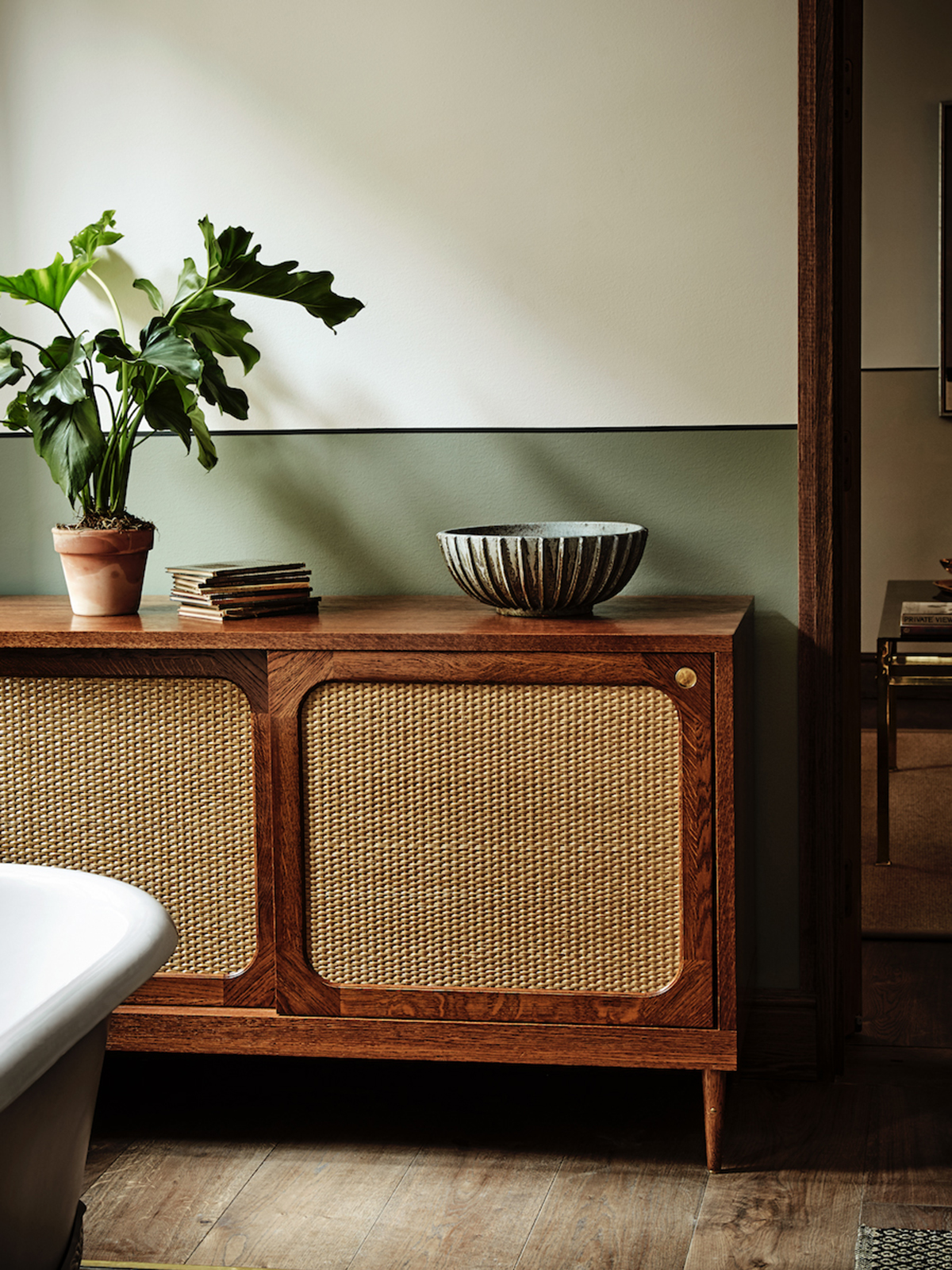
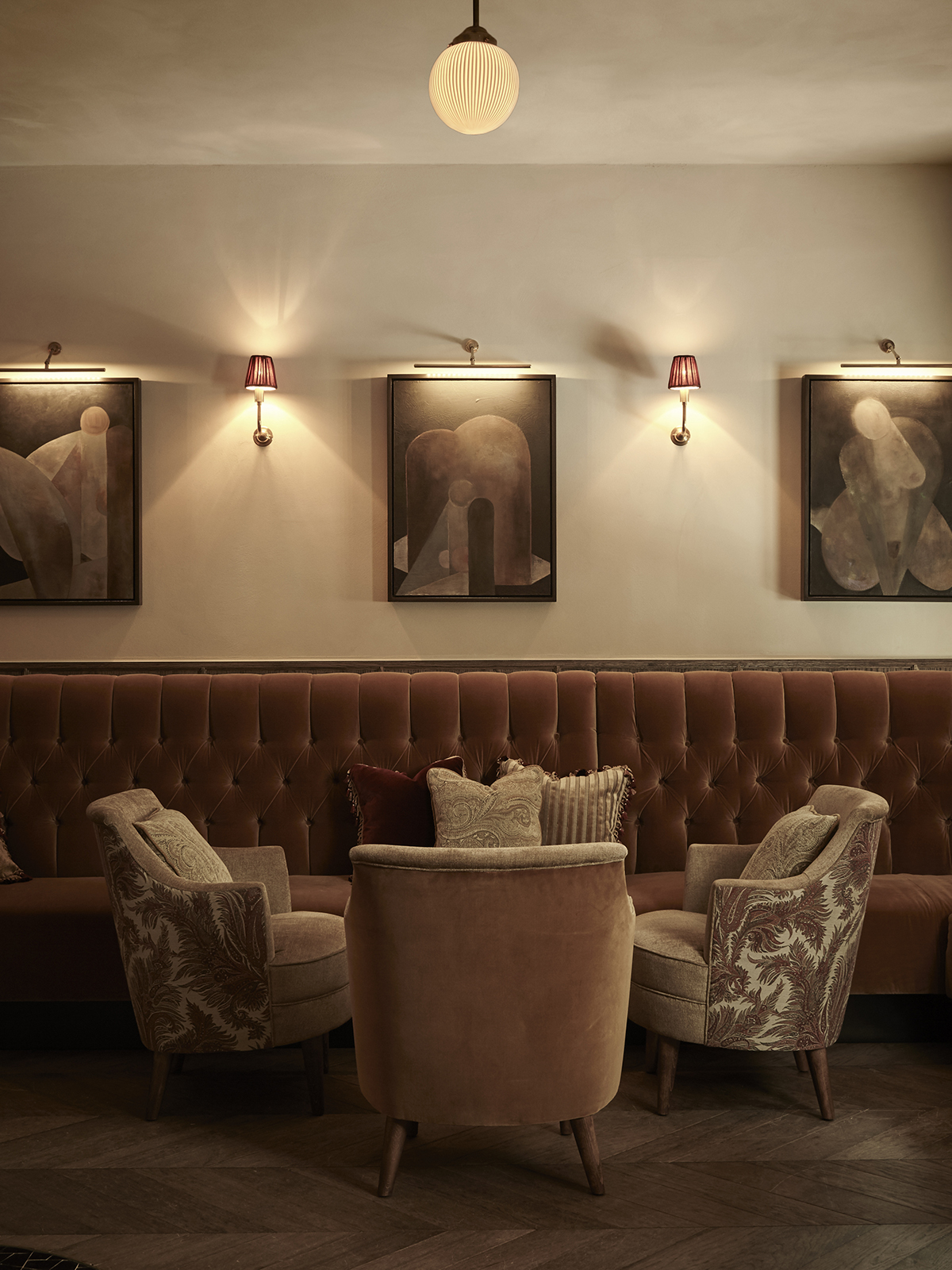
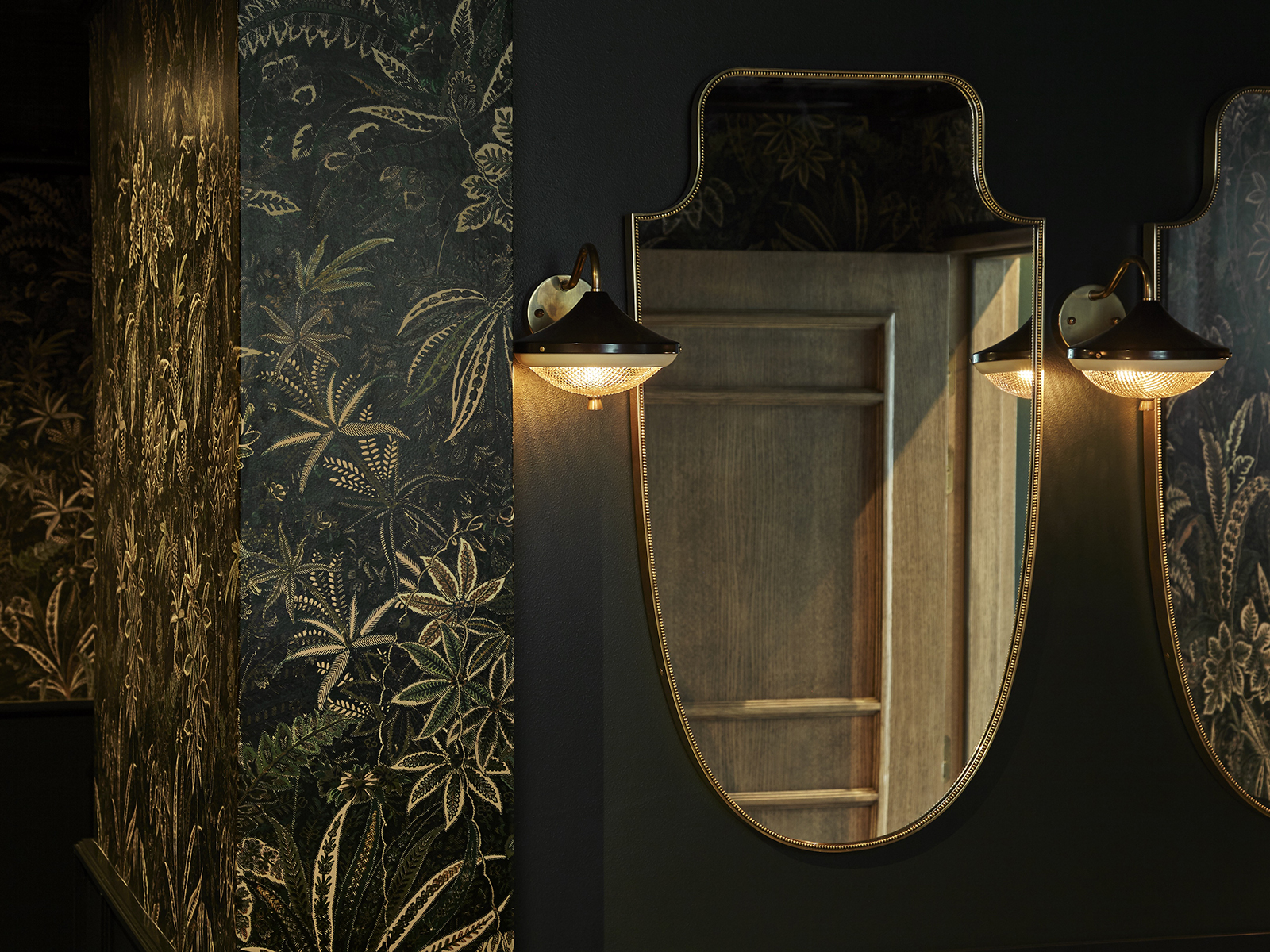
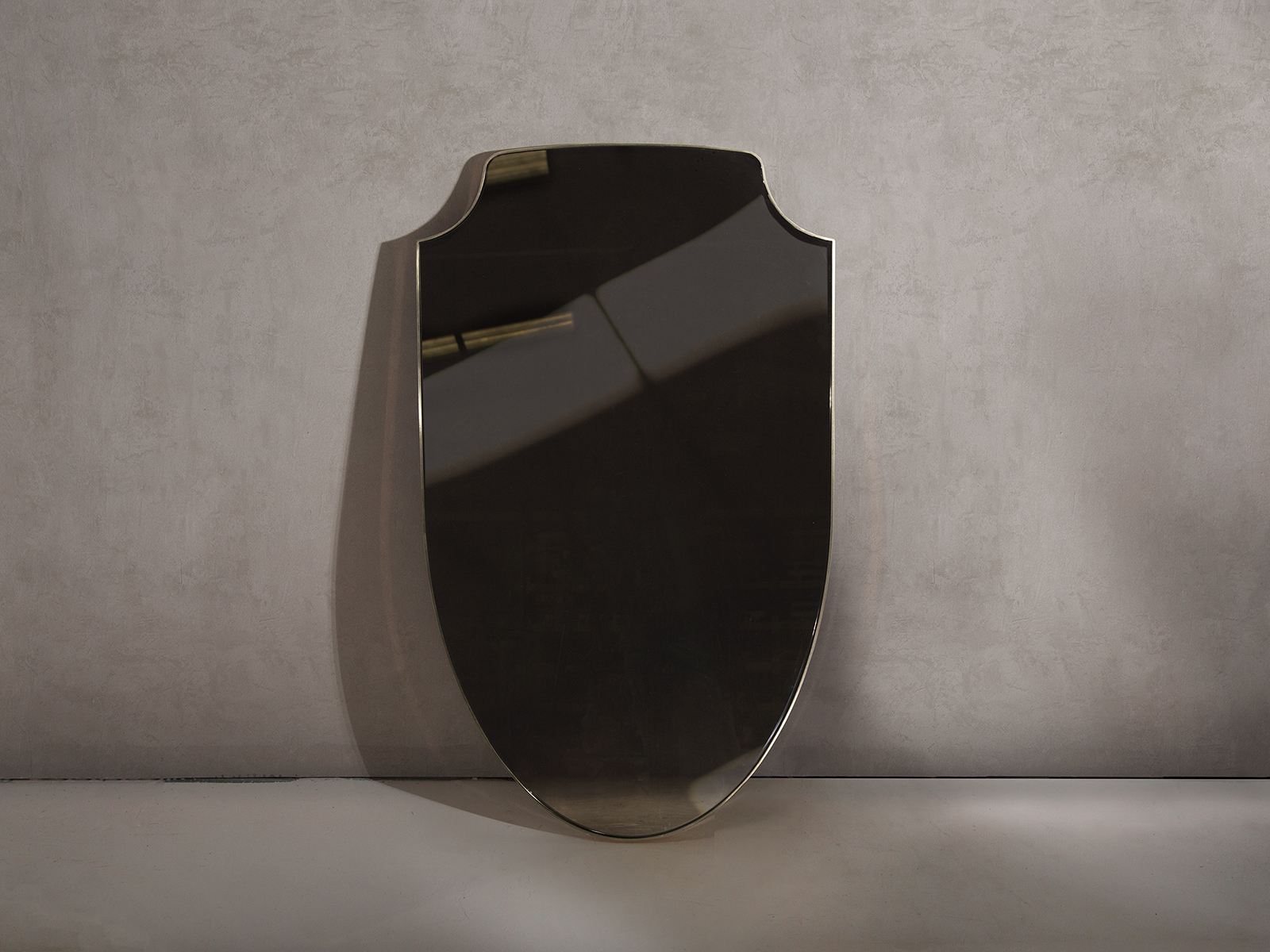
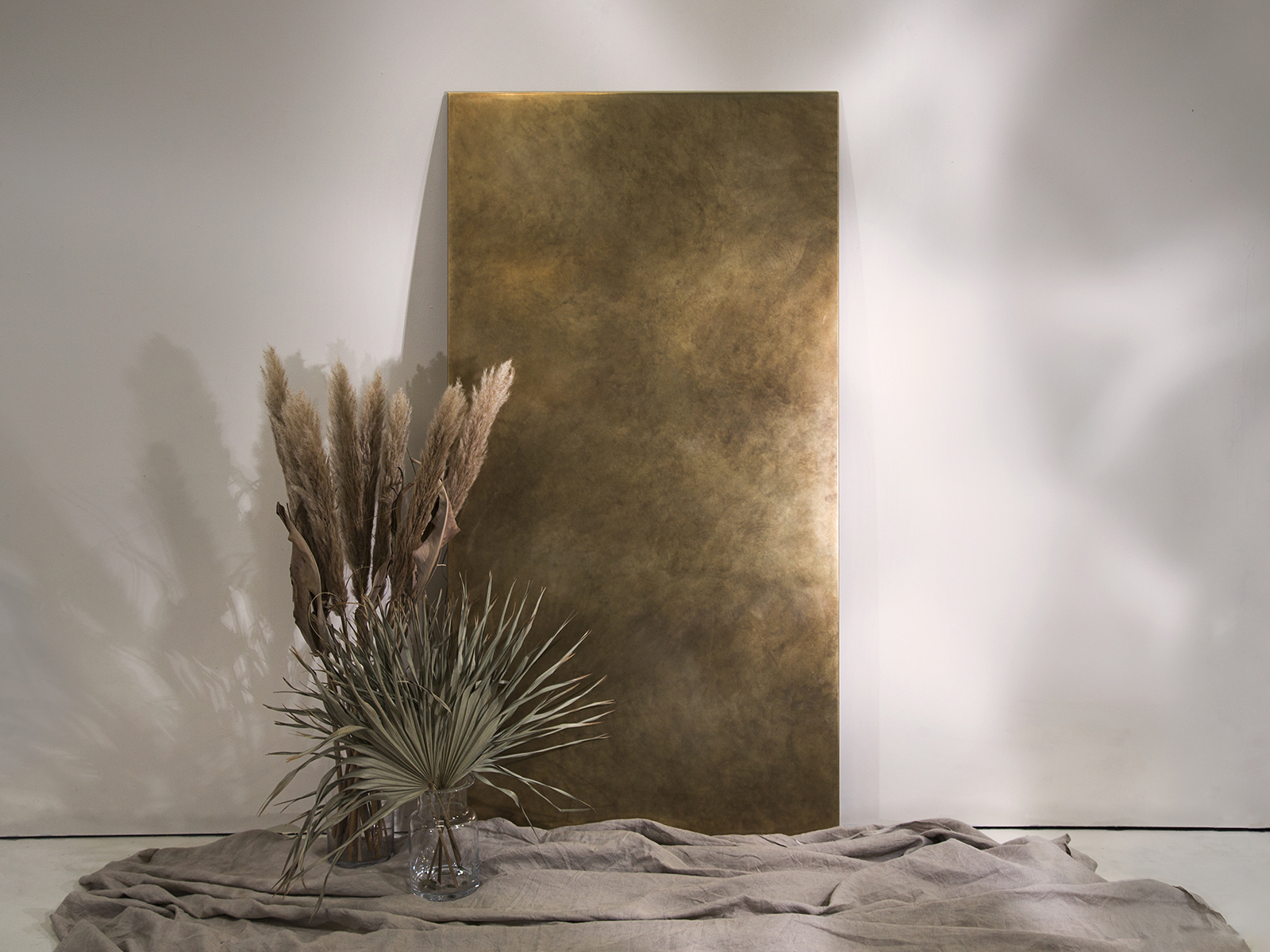
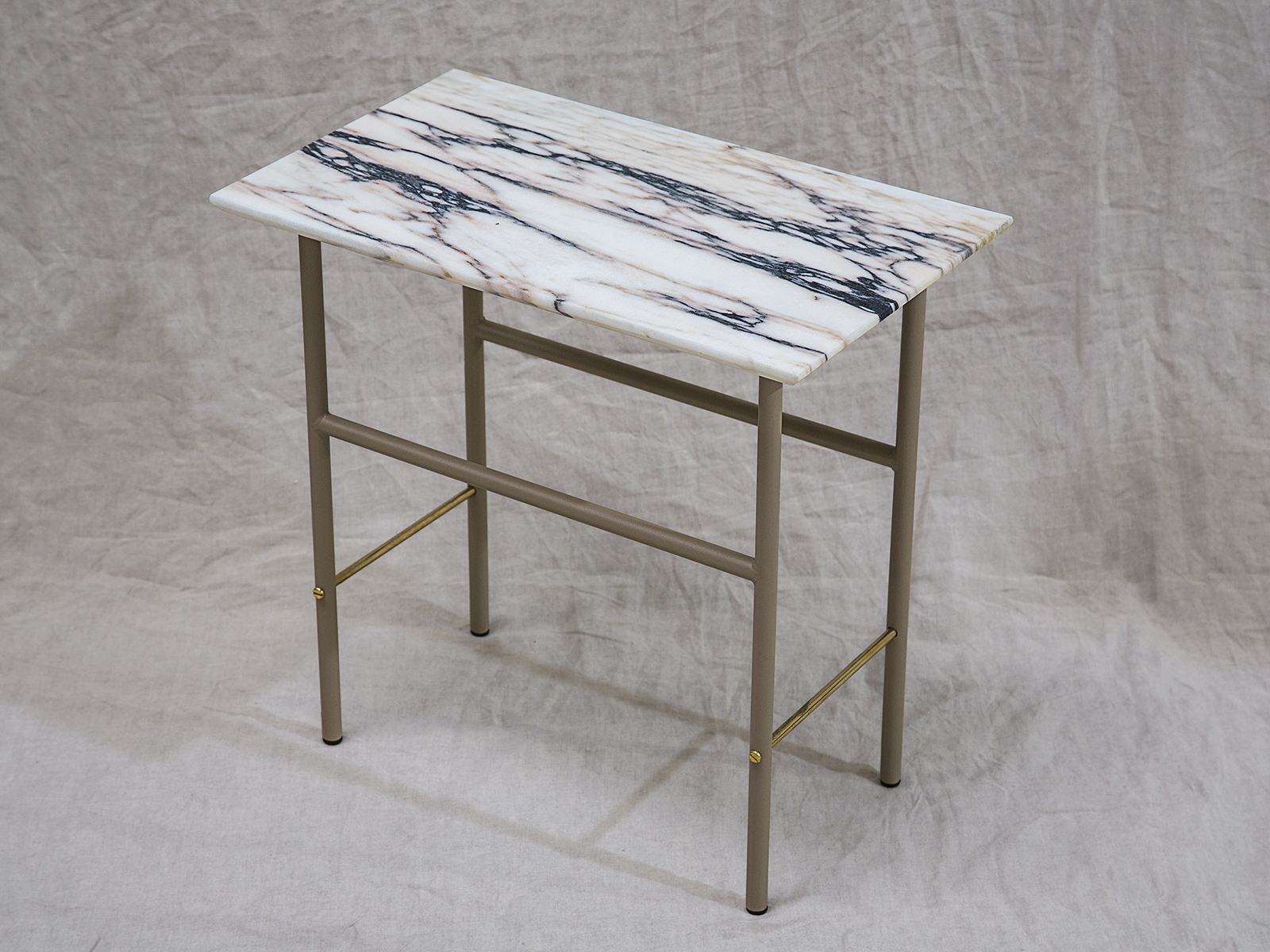
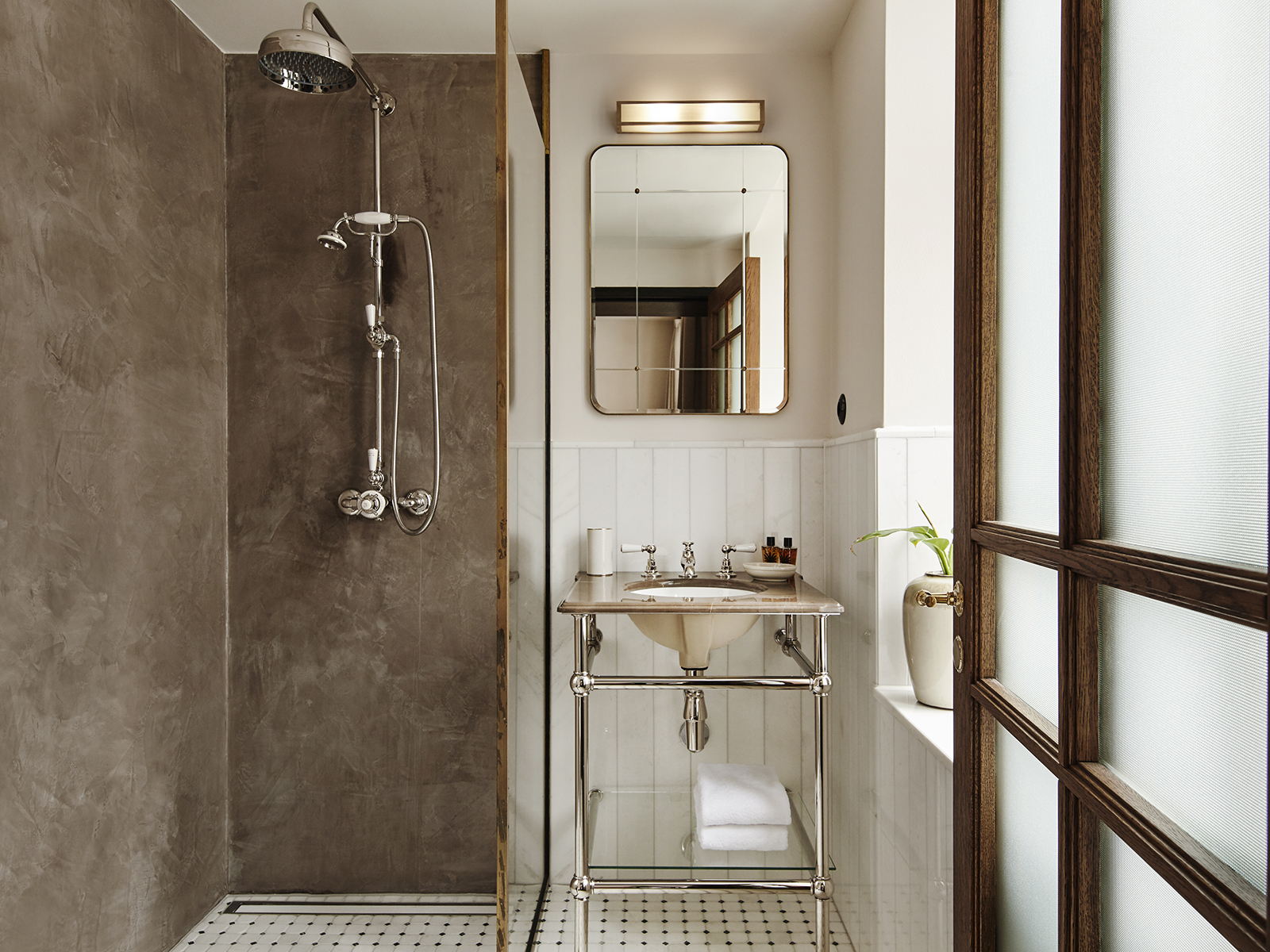
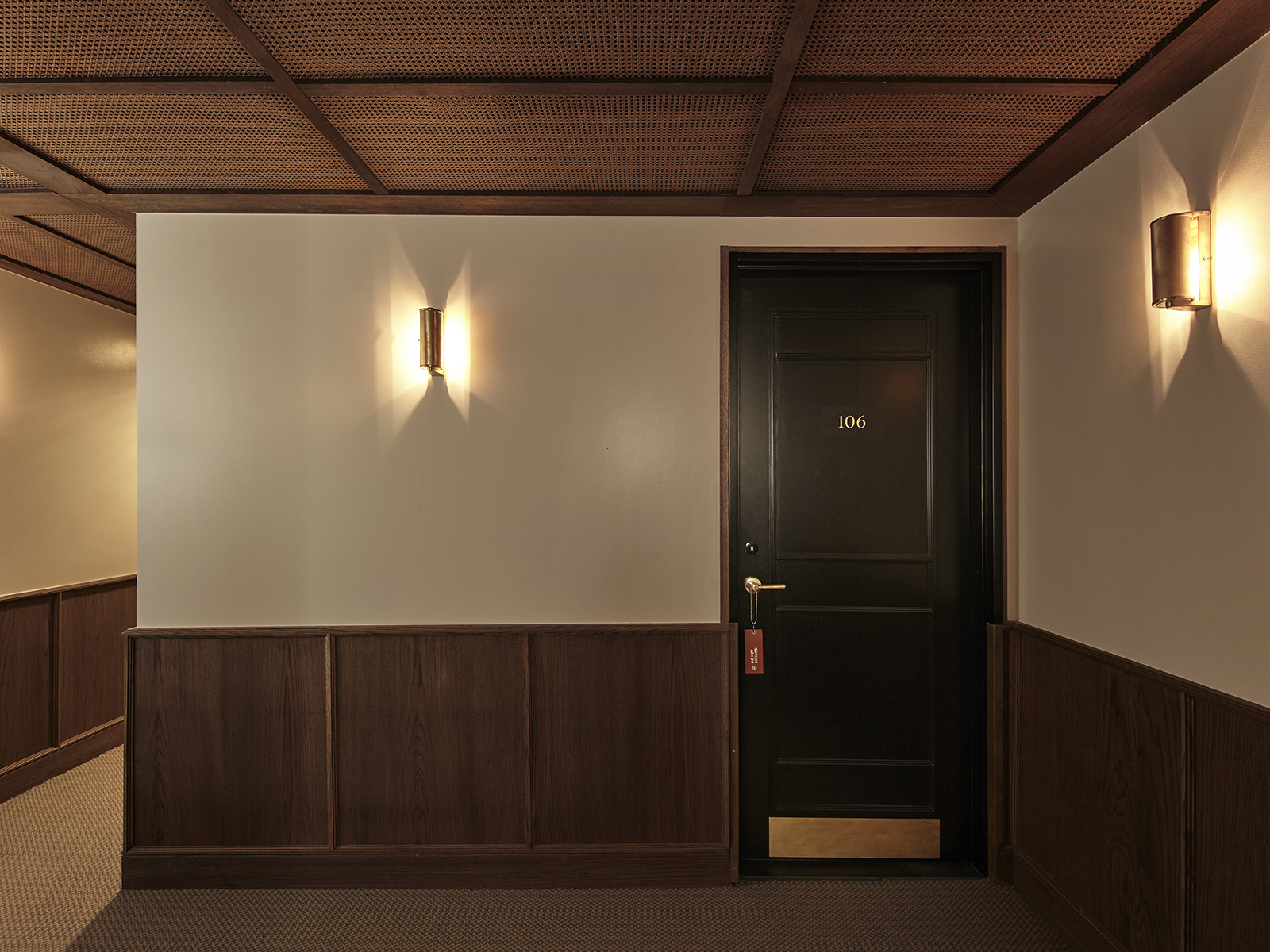
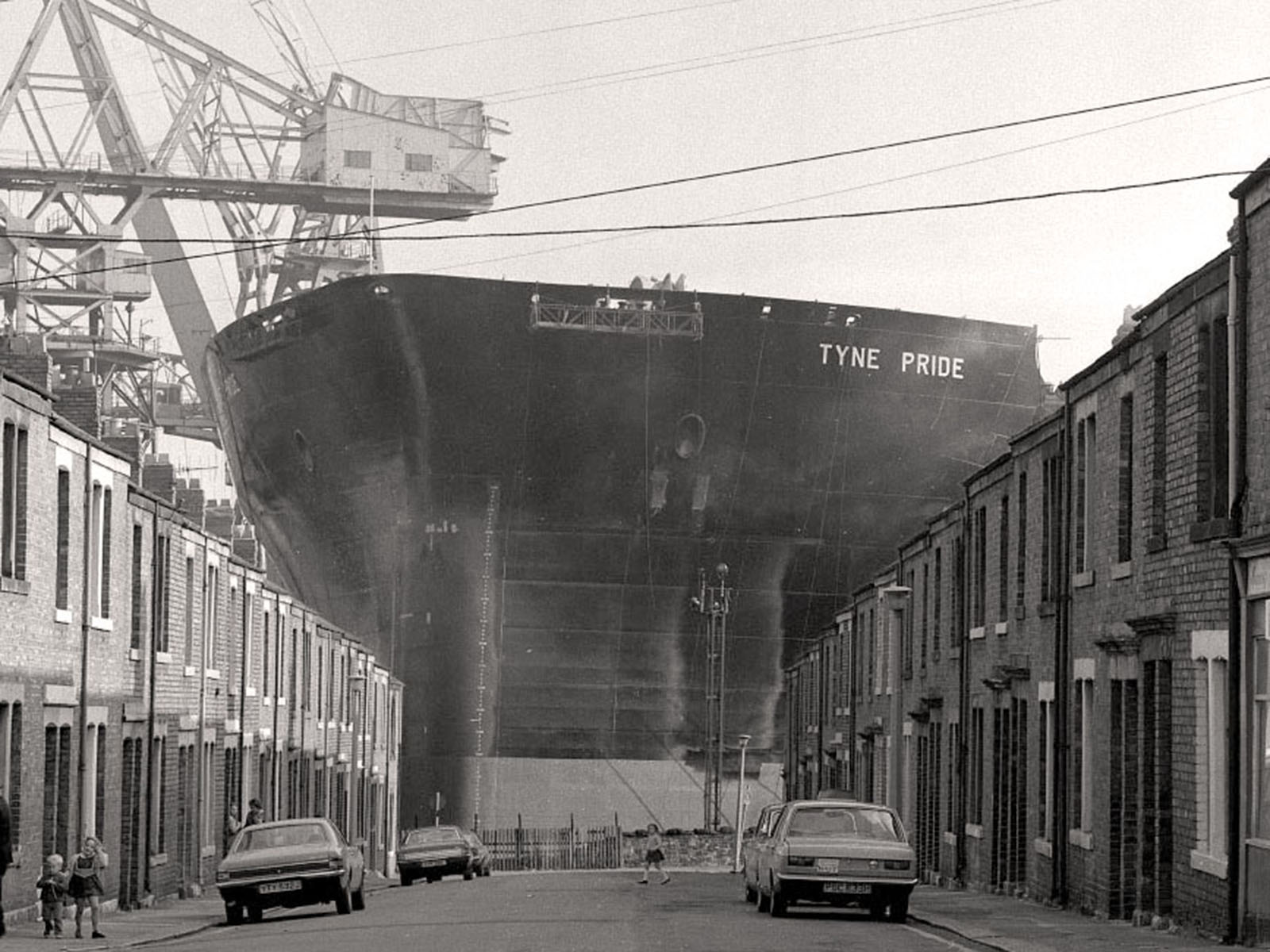



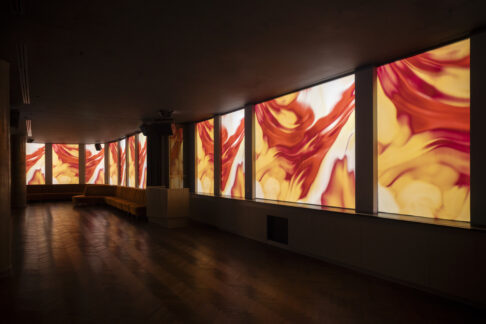 Spectrum
Spectrum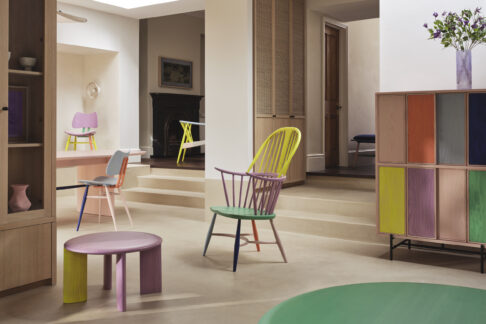 L.Ercolani x 2LG Studio
L.Ercolani x 2LG Studio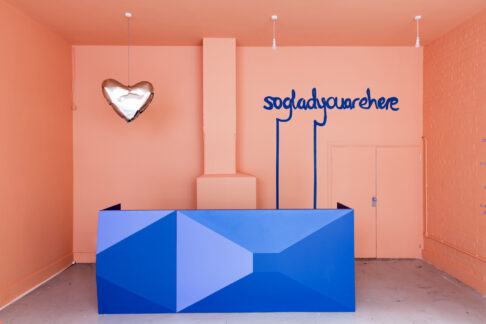 Holding space for creativity in challenging times
Holding space for creativity in challenging times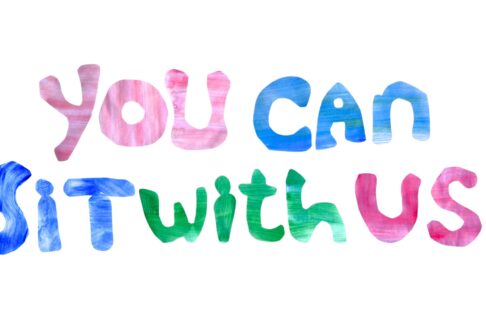 You Can Sit With Us – London Design Fair 2023
You Can Sit With Us – London Design Fair 2023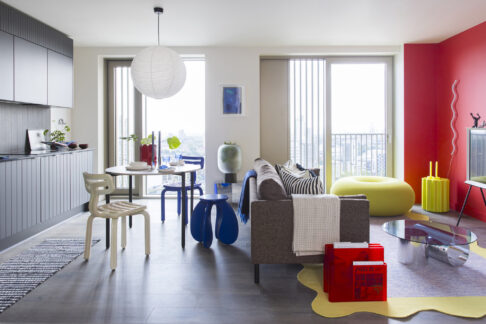 Xavier Building
Xavier Building